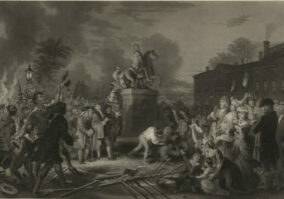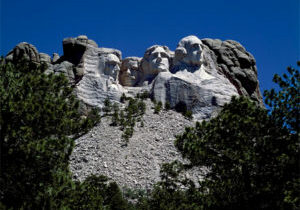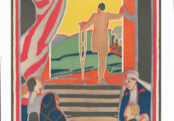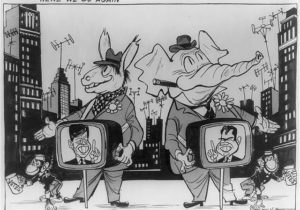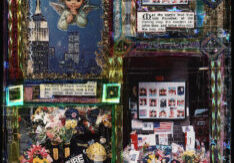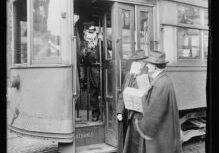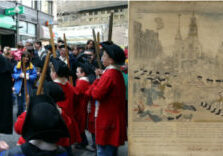Lesson Plans
All the Way to the Top
Pair the picture book, All the Way to the Top, with primary sources to have students investigate the ideas behind the movement that made the passage of the Americans with Disabilities Act (ADA) possible and the motivations and character traits of a girl who was a part of that movement. After, students can investigate contemporary creatives and activists and/or current legislation related to the ADA and share what they learned with the class and their families.

